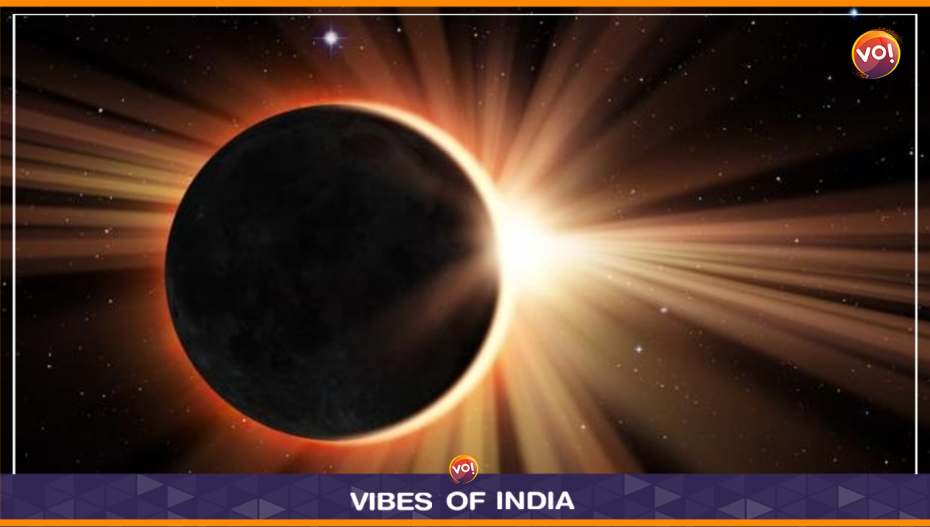A rare hybrid solar eclipse, or Surya Grahan, will occur on April 20. On this day, a hybrid solar eclipse results from the new moon blocking the sun. In certain locations, the eclipse will be total, while in others, it will be an annual eclipse.
Recently, NASA posted information on Instagram about the forthcoming hybrid solar eclipse and where you can see it.
It wrote: “On April 20, skywatchers in Australia and parts of southeast Asia will be able to view a hybrid solar eclipse as it passes over the Indian and Pacific Oceans.”
“Tolar eclipses occur when the Sun, the Moon, and Earth fully or partially align, casting a shadow on our home planet and obscuring the bright face of our closest star. Remember, it is unsafe to look directly at the Sun for most of the eclipse without specialized eye protection,” NASA wrote on Instagram.
The American space agency went on to describe the different kinds of eclipses. “There are several types of eclipses, total, annular, hybrid, and partial. In a total eclipse, the Moon entirely blocks the Sun allowing people in the eclipse’s path to see the star’s corona – outer atmosphere,” it said.
Total eclipses are the only kind where observers can briefly take off their eclipse glasses, according to the National Aeronautics and Space Administration. An annular eclipse occurs when the Moon exactly aligns with the Sun, but because of its greater distance from the Earth’s surface, it does not completely block the Sun’s face.
Due to the curved shape of our globe, hybrid eclipses change from annular to total. Partial eclipses occur when the Moon partially blocks the Sun’s exceptional face rather than completely blocking it.
On April 19 in the US and April 20 in Australia, the Moon will pass between the Sun and Earth, creating a total solar eclipse visible from Australia and Southeast Asia.
Also Read: India Logs 10,542 Fresh Covid Cases; 38 Deaths In 24 Hrs













